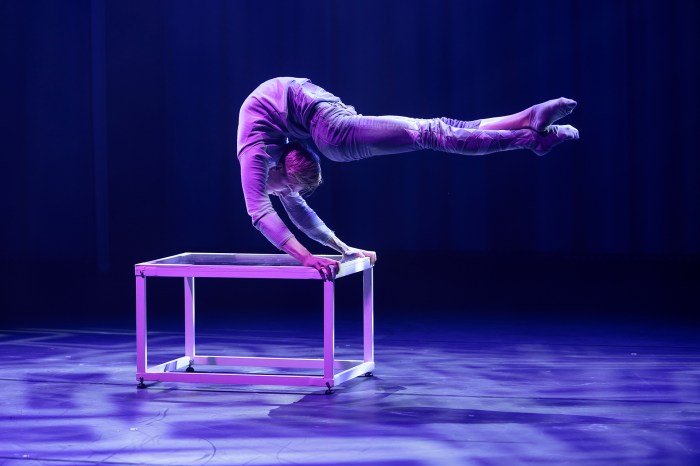As New York City’s population grows, more and more people are pedaling on bikes, packing into subway trains and overflowing the city’s sidewalks. But one means of transit has been conspicuously overlooked by commuters: buses.
The city has taken on 370,000 more residents and 9.5 million more annual tourists since 2010, according to a Department of Transportation’s mobility report published last year. Yet there were 46 million fewer annual New York City Transit bus trips — a reduction, the city points out, equivalent to the MTA shedding the entire annual ridership of San Antonio’s bus system.
This drop is no coincidence, according to transit experts. Slow bus speeds, unreliable service and policy neglect have left buses behind in the transit network, said Tabitha Decker, director of research and NYC program director at TransitCenter.
“The decline in ridership really parallels a decline in reliability and decline in speed,” said Decker. “There’s a logical reason for why people are leaving the bus.”
The quartet of advocacy groups that launched the Bus Turnaround Campaign — TransitCenter, Riders Alliance, The Tri-State Transportation Campaign and the NYPIRG Straphangers Campaign — have parsed citywide bus speeds and ridership to put together a wish list of sorts for the top ten most-needed bus lanes in New York City. The list, which builds on their campaign, includes new lanes in all five boroughs along routes with comparatively high ridership and wide disparities between bus speeds depending on times of day.
The list includes Brooklyn’s B41, a route running between Downtown Brooklyn and Kings Plaza through Bergen Beach that is so famously unreliable that it has been undercut by opportunistic — and illegal — dollar van operators.
And then there’s the Bx19, which runs between the Bronx Botanical Garden and the Riverbank State Park in Manhattan. The route maxes out at an average speed of 7.8 mph, but only averages 4.9 mph during the morning peak hour.
“I walk only a little bit slower than that,” said Nick Sifuentes, deputy director of Riders Alliance, a regular rider of the route. “It’s frequently late which creates a negative feedback loop. Huge crowds gather and then get too big—so it takes forever to board and because the street improvements aren’t in place, once it’s moving it crawls in traffic.”
Sifuentes said he hopes the list gets the DOT and MTA thinking about creative and proven ways to improve the city’s bus network. The campaign has pitched a variety of techniques that the city has, like all-door bus boarding, extended bus platforms and priority for buses approaching traffic lights. Bus lanes, the campaign argues, can and should be implemented more quickly.
About 2.5 million people rely on the city’s buses on an average weekday. While New York might be considered a subway city, 29 percent of New York City residents live more than a half- mile away from a subway stop, according to 2014 census data analyzed by TransitCenter. Those transit deserts are, generally, the most affordable areas of the city.
“This is policy neglect and it’s unfortunate,” said Jon Orcutt, spokesman at TransitCenter and former policy director at the city’s DOT. “This type of work fits the mayor’s agenda for social equity and fairness really well.”
The MTA declined to comment, deferring to DOT. Scott Gastel, a DOT spokesman, trumpeted the improvements that the Select Bus Program has brought to the bus network and mentioned that three new SBS routes would go online this year. The department is currently hosting workshops to improve transit in each borough.
“We look forward to reviewing the report and working with our partners at the MTA and with local communities to improve bus service citywide,” said Gastel in a statement. “This includes bringing SBS-like treatments such as all-door boarding to all bus lines.”
Here’s the full list of bus lane request, per the Bus Turnaround Campaign:
B41 (Livingston Street, Cadman Plaza, Flatbush Avenue below Lincoln Ave)
Bx19 (Harlem 145th Street, 149th Street in the Bronx)
Q58 (Broadway, Corona, 108th Street)
Bx28 & B38 (Gun Hill Road)
M57 and M31 (57th Street)
Bx9 (West Kingsbridge)
M101 (3rd Avenue bus lane)
Q66, Q69, Q100 (21st Street in LIC/Astoria)
B35 (Church Avenue)
S48 (Victory Boulevard)

































